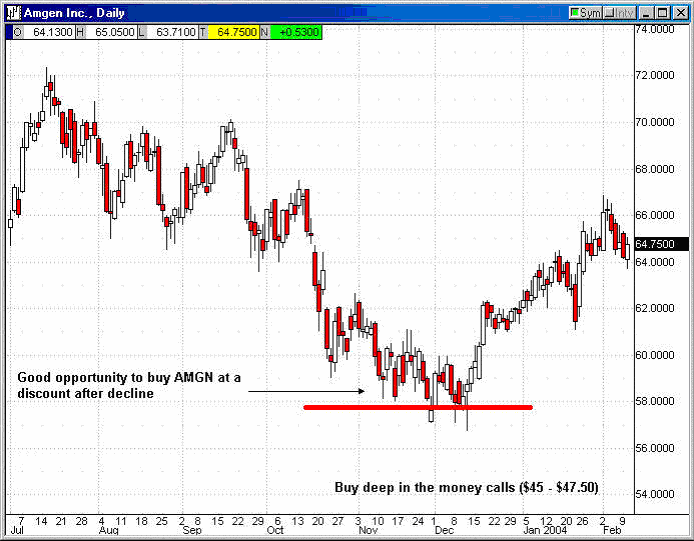Title: Mastering Stock Options Trading: The Ultimate Guide to Navigating Market Volatility

Image: s3.amazonaws.com
Headline: Unlocking the Power of Stock Options: Empowering New Investors
Introduction
Imagine being able to leverage market fluctuations to your financial advantage, turning volatility into opportunity. This is the alluring realm of stock options trading, an exciting but oft-misunderstood segment of financial markets. Whether you’re a seasoned investor or just starting out, understanding the basics of stock options trading is crucial for unlocking its potential.
Understanding Stock Options
Stock options are financial instruments that grant holders the right, but not the obligation, to buy (call option) or sell (put option) a specified number of shares of a particular stock at a predetermined price (exercise price) on or before a set date (expiration date). Unlike stocks, which represent ownership in a company, options convey a contract to buy or sell.
Types of Stock Options
Call Options: Give the holder the right to buy shares at a defined exercise price. When the stock price rises above the exercise price, the option becomes profitable.
Put Options: Grant the right to sell shares at an agreed-upon price. These are beneficial when the stock price falls below the exercise price.

Image: fipocuqofe.web.fc2.com
Underlying Assets and Expiration Dates
Stock options derive their value from the underlying asset, typically a stock. Each option contract represents 100 shares of that underlying stock. Expiration dates range from a few weeks to multiple years, allowing varying degrees of flexibility.
Leverage and Risk
Options offer the potential for significant leverage, enabling traders to control a larger number of shares with less capital outlay. However, this leverage comes with higher risk. Unlike stocks, which can only lose their initial investment, options can expire worthless, resulting in a total loss of the premium paid.
Premiums and Intrinsic Value
The price of an option is called a premium. It consists of two components: intrinsic value and time value. Intrinsic value represents the difference between the stock’s current market price and the exercise price. Time value refers to the anticipated value of the option based on the time remaining until expiration.
Strategies and Applications
Stock options trading involves employing various strategies to capitalize on different market conditions. Some common strategies include:
- Covered Calls: Selling call options against already-owned shares.
- Protective Puts: Purchasing put options to reduce losses on existing stock positions.
- Bull Call Spreads: Combining a long call option with a short call option at a higher strike price.
Stock Options Trading Basics

Image: www.pinterest.com
Conclusion
Embarking on the journey of stock options trading requires a thorough understanding of the basics. By grasping these principles, you gain the potential to harness market fluctuations and navigate volatility to your advantage. Explore further resources, consult with financial professionals, and practice responsible trading to embark on a rewarding journey in the dynamic world of stock options.






